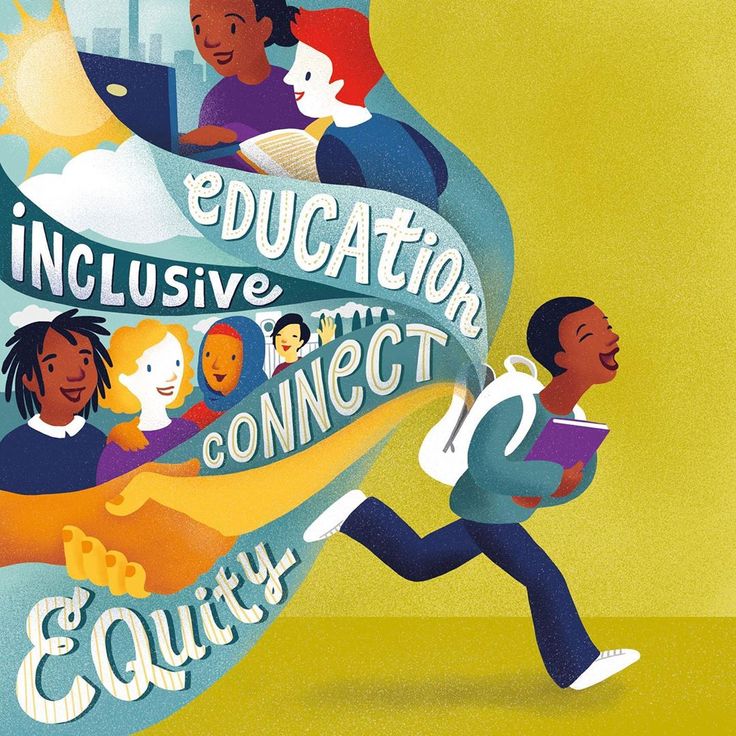The ability to navigate and interpret media is a crucial skill for individuals and communities alike. With the rapid proliferation of information and communication technologies, media education has emerged as a vital tool for fostering resilience in communities. By equipping individuals with the skills to critically analyze media content, we can empower them to resist misinformation, combat extremist narratives, and contribute to a more informed and cohesive society. This article explores the role of media education in building resilient communities and offers strategies for implementing effective media education programs.
The Importance of Media Education
Media education, also known as media literacy, involves teaching individuals to access, analyze, evaluate, and create media in a variety of forms. It encompasses a range of skills, including critical thinking, understanding media production processes, recognizing bias and propaganda, and being aware of the impact of media on individuals and society.
In today’s digital age, media education is more important than ever. The rise of social media platforms, the abundance of online information, and the increasing prevalence of fake news and misinformation pose significant challenges to communities worldwide. Without the skills to critically engage with media, individuals are more susceptible to manipulation, polarization, and radicalization.
Building Resilience Through Media Education
Media education can play a transformative role in building resilient communities by:
- Enhancing Critical Thinking Skills: Media education encourages individuals to question and analyze the information they encounter, fostering critical thinking skills that are essential for making informed decisions. This empowers community members to discern credible sources from misinformation and resist extremist narratives.
- Promoting Inclusivity and Diversity: By teaching individuals to recognize and appreciate diverse perspectives, media education promotes inclusivity and tolerance. This helps build communities that are open to dialogue and respectful of different viewpoints, reducing the likelihood of conflict and division.
- Encouraging Civic Engagement: Media-literate individuals are more likely to engage in civic activities and participate in democratic processes. By understanding the role of media in shaping public opinion and policy, community members can actively contribute to societal change and hold institutions accountable.
- Fostering Digital Citizenship: Media education instills a sense of responsibility and ethics in online interactions. By promoting digital citizenship, communities can create safer online environments where individuals engage respectfully and constructively.
- Building Social Cohesion: By empowering individuals to engage with media critically and thoughtfully, media education helps build social cohesion. Communities that are media literate are better equipped to resist divisive narratives and work together to address shared challenges.
Strategies for Implementing Media Education Programs
To effectively build resilient communities through media education, it is essential to implement comprehensive and accessible programs. Here are some strategies to consider:
- Integrate Media Education into Curricula: Schools should incorporate media education into their curricula at all levels, from primary to higher education. This ensures that students develop media literacy skills from an early age and can apply them throughout their lives.
- Offer Community Workshops and Training: Provide media education workshops and training sessions for community members of all ages. These programs can be conducted in partnership with local organizations, libraries, and community centers to reach a broad audience.
- Leverage Technology and Online Resources: Utilize technology and online platforms to deliver media education content. Online courses, webinars, and interactive modules can provide flexible learning opportunities for individuals who may not have access to traditional educational settings.
- Collaborate with Media Professionals: Engage media professionals, journalists, and educators in media education initiatives. Their expertise and insights can enrich the learning experience and provide real-world context for media literacy skills.
- Promote Peer-to-Peer Learning: Encourage peer-to-peer learning by empowering individuals who have completed media education programs to share their knowledge with others. This approach can create a ripple effect, spreading media literacy skills throughout the community.
- Evaluate and Adapt Programs: Continuously evaluate the effectiveness of media education programs and adapt them to meet the changing needs of the community. Gathering feedback from participants and assessing learning outcomes can help refine and improve program offerings.
Conclusion
Building resilient communities through media education is a critical step toward creating a more informed, inclusive, and cohesive society. By equipping individuals with the skills to critically engage with media, we empower them to resist misinformation, challenge extremist narratives, and actively participate in democratic processes. Through comprehensive media education programs, communities can foster a culture of critical thinking, inclusivity, and civic engagement, paving the way for a brighter and more resilient future.









